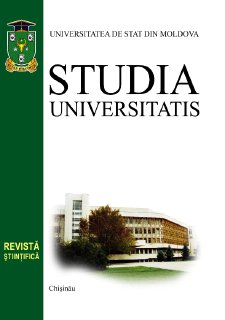FICTIVE MOTION: A COGNITIVE LINGUISTICS APPROACH
Tatiana CHITII Universitatea de Stat din Moldova
Rezumat
Sentences like the road runs along the valley or the tattoo runs along the spine are used by speakers in everyday language. Even though these sentences contain verbs of motion, actual motion does not take place. Cognitive linguists claim that such sentences imply a sense of motion and term it – fictive motion (Talmy), abstract motion (Langacker) or subjective motion (Matsumoto). In some cases, fictive motion is believed to involve simulated motion, when the reader simulates motion along a portion of the road, in others, simulated visual scanning – the language user (if no travelable path is present) visually scans the trajectory. This article presents an overview of opinions and experiments concerning this phenomenon. The cognitive treatment of fictive motion rightly points to the connection between experience and linguistic meaning. Keywords: fictive motion, conceptualization, conceptualizer, fictive motion constructions / construal.

